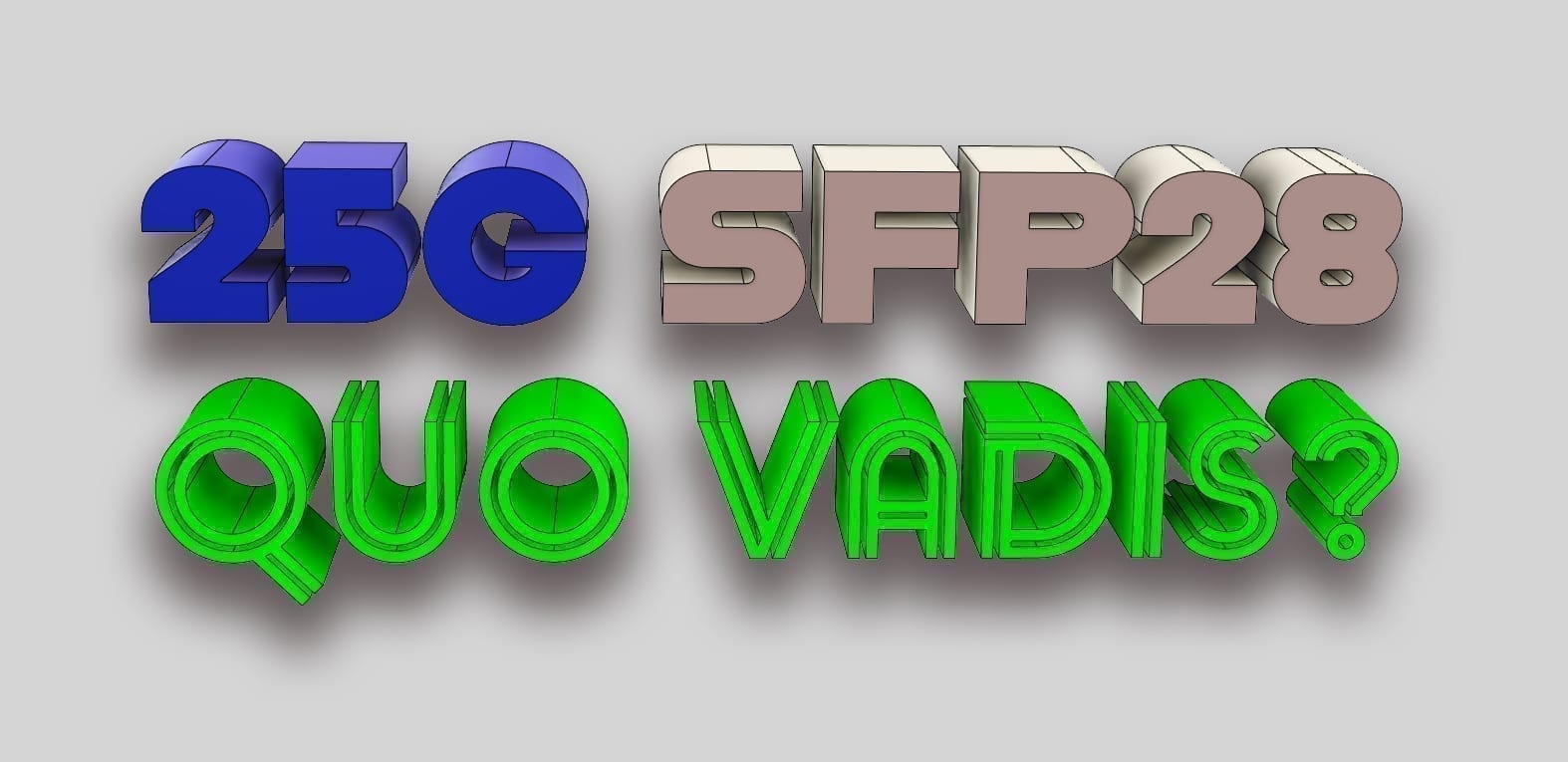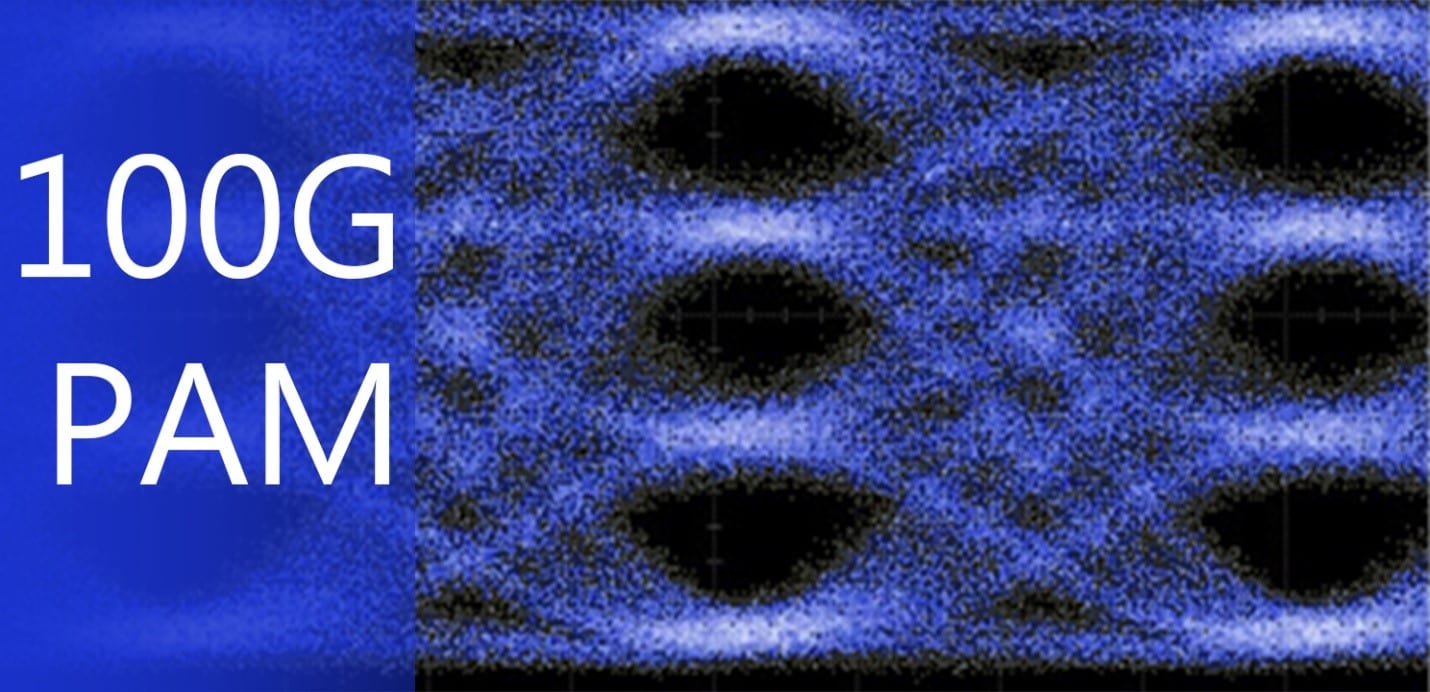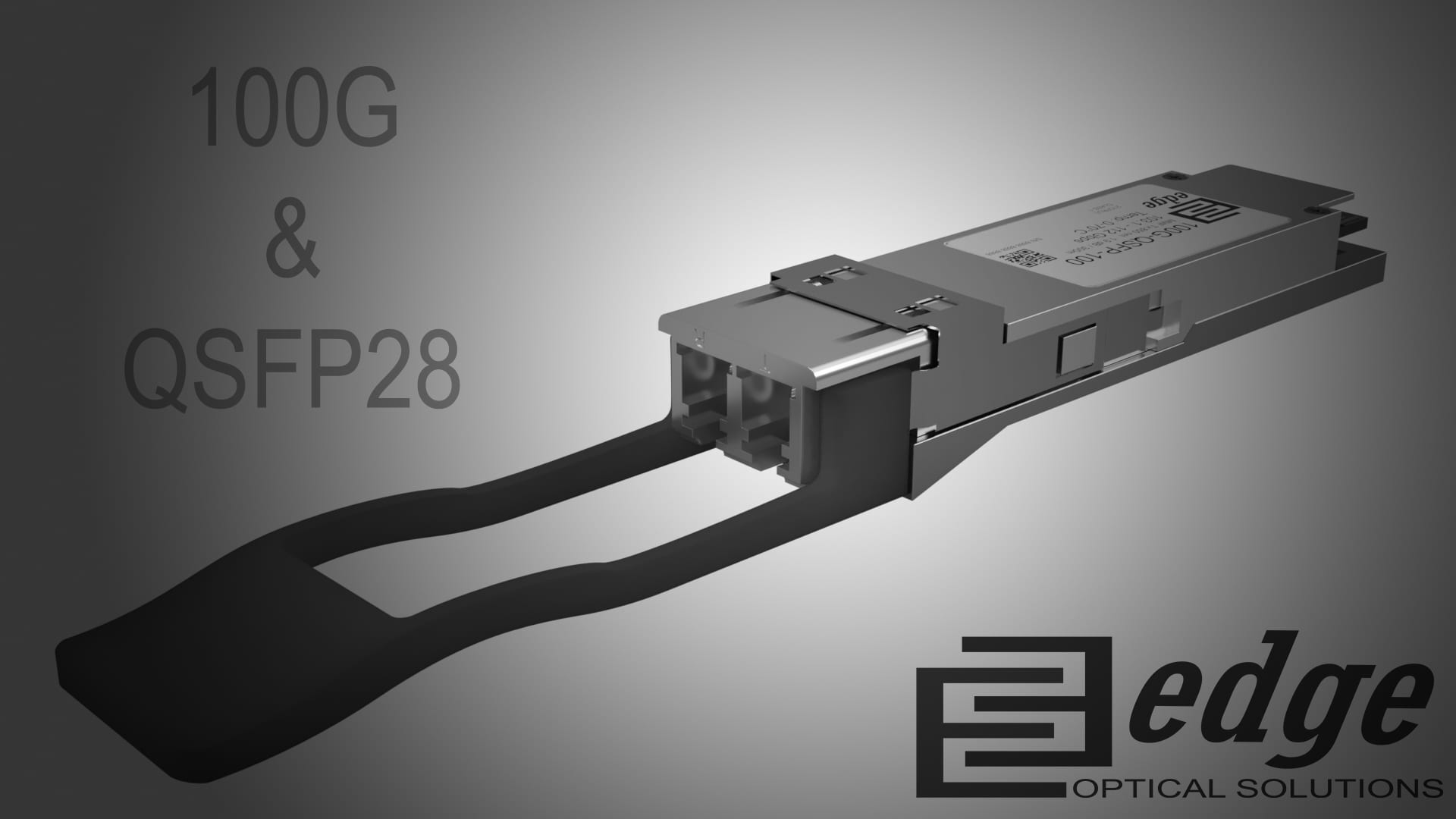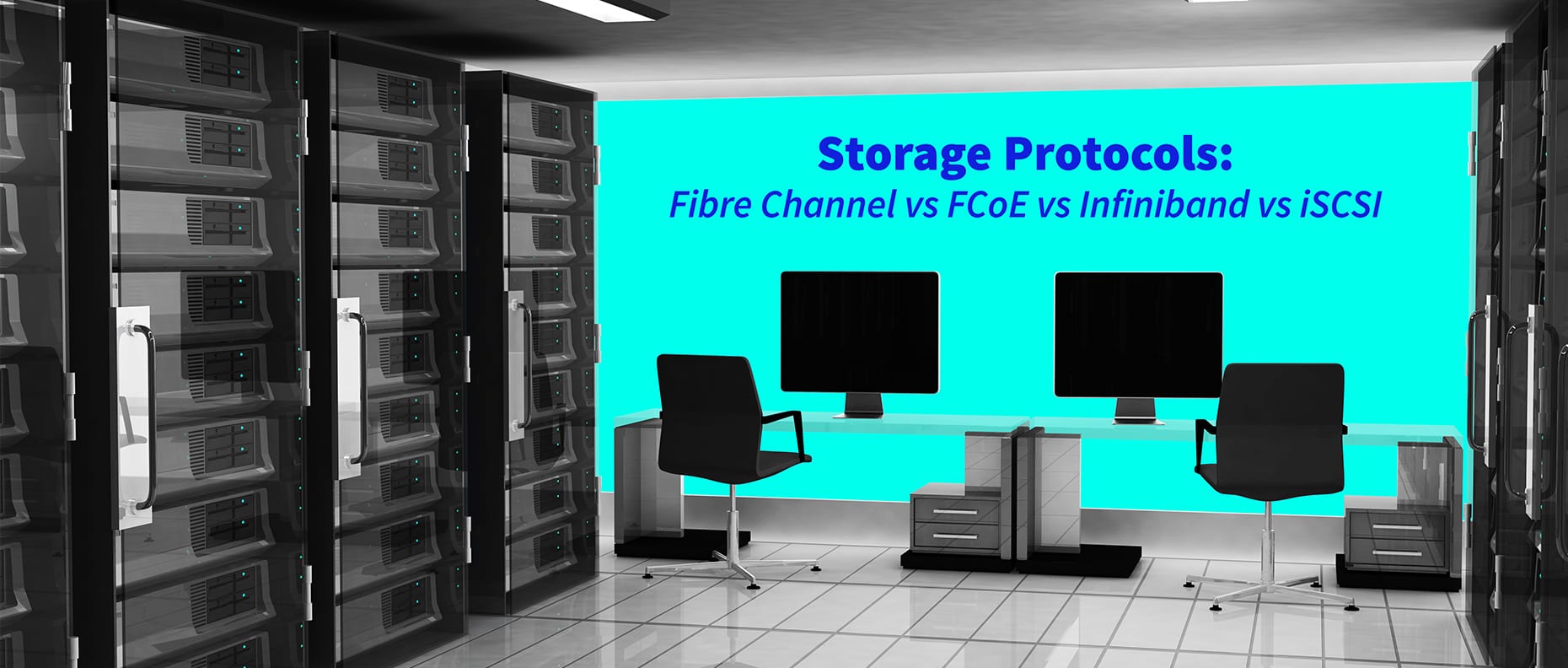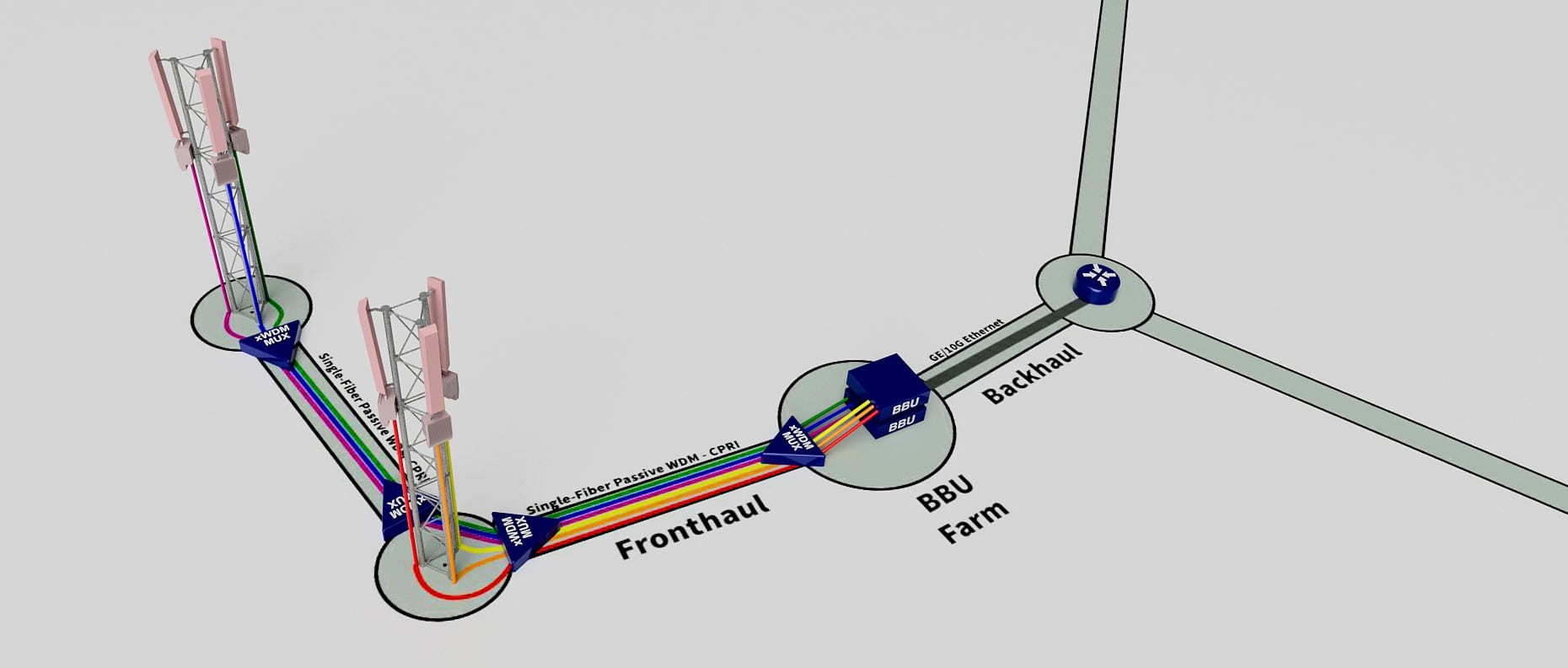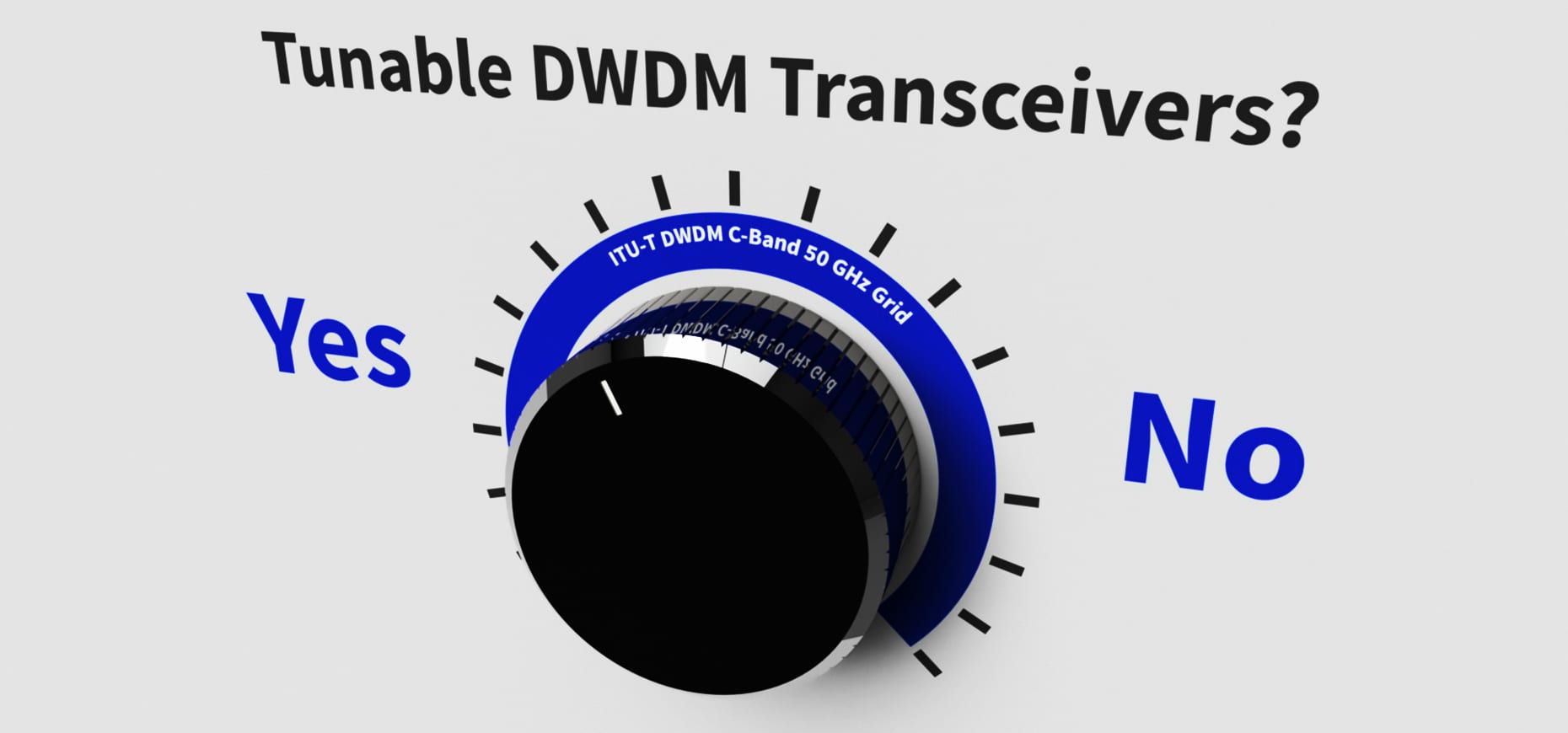25G SFP28 transceivers: Quo Vadis?
25G SFP28 transceivers: Quo Vadis? Nielsen’s Law of Internet Bandwidth states that user’s bandwidth grows by 50% per year, and this law has held true for a period of 37-years, all the way back since 1983. Figure 1. Internet connectivity (bits per second) It is always interesting to...



